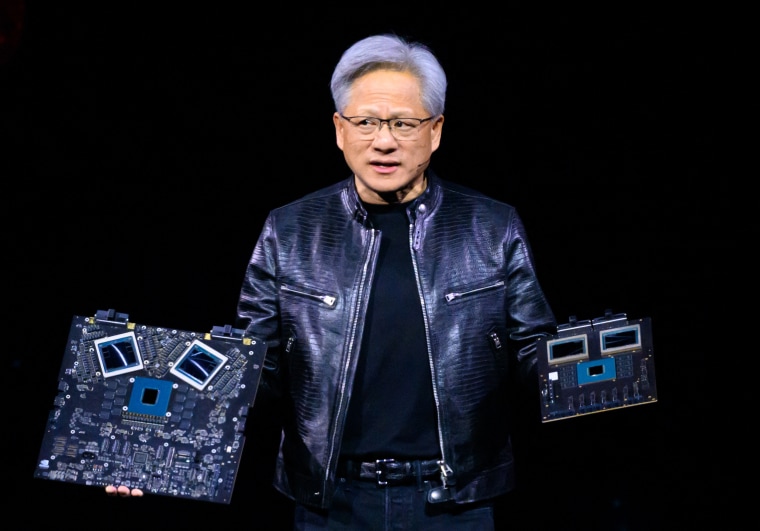Intel: A Legacy of Dominance Under Threat
The story of Intel is one that spans generations, marked by groundbreaking innovations and powerful dominance within the U.S. chip industry. However, as the landscape of technology continues to evolve at a rapid pace, Intel finds itself facing challenges that threaten its position of relevance and dominance.
For decades, Intel stood as the undisputed leader in the chip industry, driving innovation and setting the standard for performance and reliability. Its processors powered countless devices, from personal computers to data centers, earning a reputation for cutting-edge technology and superior quality. This dominance was backed by a strong market presence and a culture of continuous improvement and innovation.
Yet, as the industry evolved and new players entered the scene, Intel began to face increasing competition from companies such as AMD and NVIDIA. These competitors challenged Intel’s market share with innovative products that offered comparable performance at a lower cost, putting pressure on Intel to adapt or risk losing its position at the top.
One of the key factors contributing to Intel’s struggles is its difficulty in transitioning to advanced manufacturing processes. While the company once led the industry in semiconductor manufacturing, it has faced setbacks in recent years, with delays and production issues impacting its ability to keep up with the pace of technological advancement. This has resulted in growing concerns about Intel’s ability to maintain its competitive edge.
Additionally, Intel’s focus on its core business of producing CPUs has left it vulnerable to disruptions in other areas of the industry, such as the rise of artificial intelligence and machine learning. Companies like NVIDIA, with their expertise in graphics processing units (GPUs) tailored for these emerging technologies, have been able to capitalize on new opportunities, leaving Intel playing catch-up in a rapidly changing market landscape.
Intel’s recent struggles highlight the importance of adaptability and agility in the tech industry, where innovation can quickly shift the balance of power. To remain relevant and regain its competitive edge, Intel must prioritize investments in research and development, focus on diversifying its product portfolio, and streamline its manufacturing processes to keep pace with the demands of the market.
In conclusion, while Intel’s legacy of dominance within the U.S. chip industry is undeniable, the company now finds itself at a critical juncture as it faces mounting challenges to its relevance and competitive position. By embracing a culture of innovation, agility, and strategic decision-making, Intel has the opportunity to navigate these challenges and secure its future as a key player in an ever-evolving industry.





























